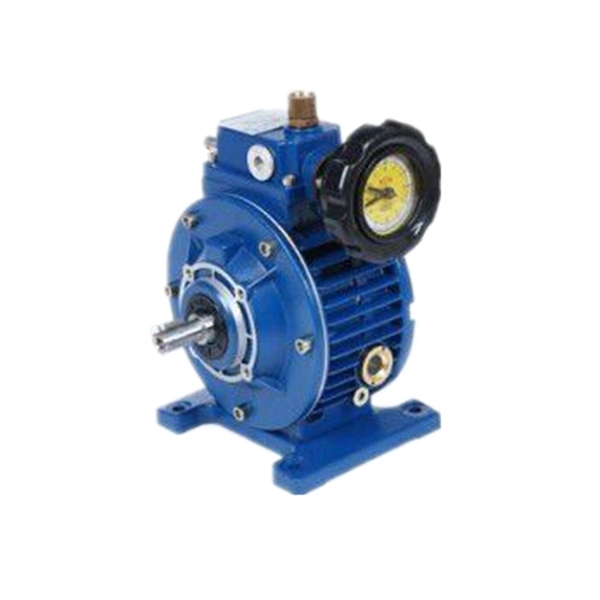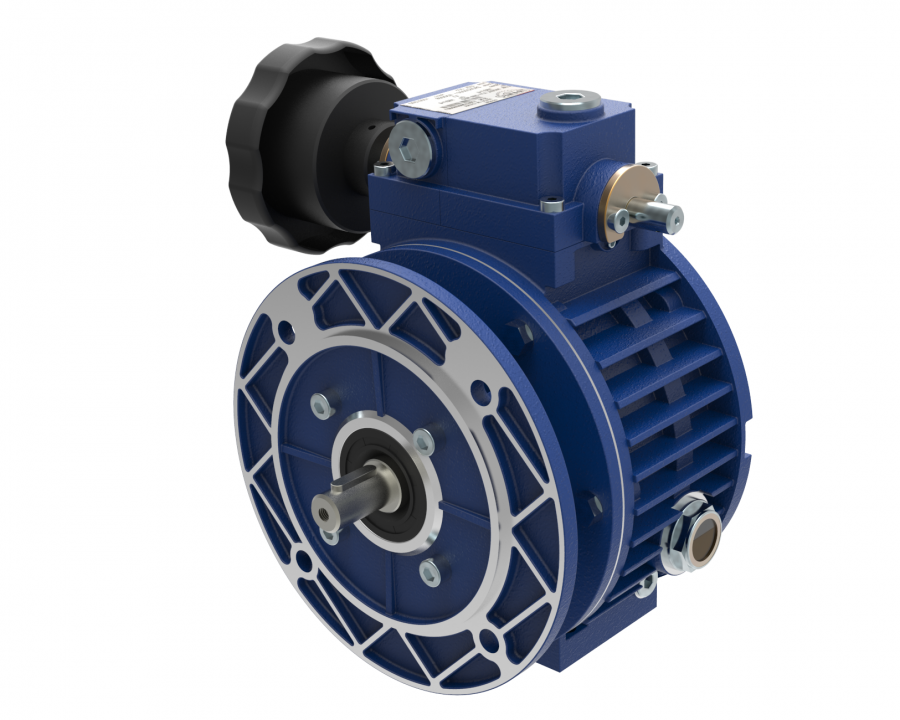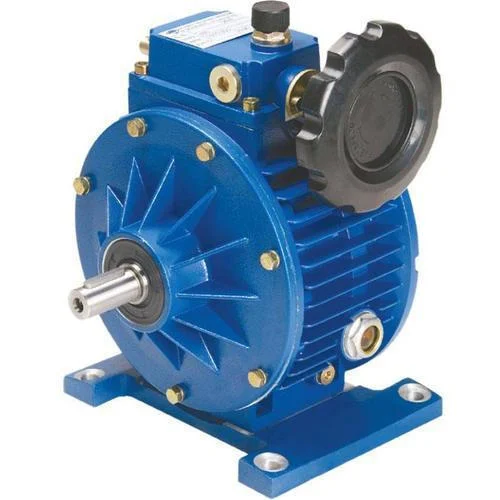Product Description
Specification OF PTO GEARBOX —Speedway:
We developed and produced many tractor spare parts for European Tractors .
Tractor Model we can supply: B1500/1400,B5000,B6000, B7000, TU1400, TX1400, TX1500, YM F1401, YM1400 ETC.
The parts for example: Gearboxes, Tyres, rim Jante, Kit coupling KB-TX 3 point linkage. Exhaust pipe Steering wheel. Kit coupling YM F14/F15, gear shaft, PTO shaft, PTO cardan, key, regulator ect.
Most of the spare parts are with stock. If you are interested in, please feel easy to contact me.
Other relevant parts for cars or machinery we have made in our workshop are as follows:
Drive shaft parts and assemblies,
PTO GEARBOX,
Universal joint parts and assemblies,
PTO drive shafts,
Spline shafts,
Slip yokes,
Weld yokes,
Flange yokes,
Steering columns,
Connecting rods,
etc.
Product Description
Pto Drive Gearbox Item:
|
Name |
PTO GEARBOX REDUCER FOR Large square bundle, big pack machine for Farm |
|
Advantage |
No matter you’re cutting brush or mowing pastures, we has the rotary cutter gearbox to fit your |
|
Material available |
Low carbon steel, C45, 20CrMnTi, 42CrMo, 40Cr, stainless steel. Can be adapted regarding customer requirements. |
|
Surface treatment
|
Blacking, galvanization, chroming, electrophoresis, color painting, … |
|
Heat treatment
|
High frequency quenching heat treatment, hardened teeth, carbonizing, nitride, …
|
Company Profile
Certifications
FAQ
| Application: | Machinery, Agricultural Machinery |
|---|---|
| Function: | Change Drive Torque, Speed Changing, Speed Reduction, Speed Increase |
| Hardness: | Hardened Tooth Surface |
| Installation: | Vertical Type |
| Type: | Planetary Gear Box |
| Material of Housing: | Castion Iron |
| Samples: |
US$ 5000/Piece
1 Piece(Min.Order) | |
|---|

Controlling Speed and Torque Output in a Variable Gearbox
In a variable gearbox, the speed and torque output are controlled by adjusting the transmission’s gear ratio. This is achieved through the manipulation of the pulley diameters in a Continuously Variable Transmission (CVT) or the swivel angle of the vanes in a hydrostatic transmission.
In a CVT, the pulley system consists of a primary pulley connected to the engine and a secondary pulley connected to the output shaft. By changing the effective diameter of these pulleys using hydraulic pressure or mechanical mechanisms, the gear ratio can be continuously adjusted. As the primary pulley diameter increases, the secondary pulley diameter decreases, and vice versa. This change in pulley diameters alters the gear ratio, affecting the speed and torque output.
In a hydrostatic transmission, the speed and torque output are controlled by adjusting the swivel angle of the vanes in the hydraulic pump and motor. When the swivel angle changes, the volume of fluid being pumped between the two components also changes, affecting the output speed and torque. This type of transmission offers stepless control of the gear ratio, making it suitable for applications that require precise speed and torque adjustments.

Potential Drawbacks and Limitations of Using a Variable Gearbox
While variable gearboxes offer many benefits, they also come with certain drawbacks and limitations:
- Complexity: Variable gearboxes can be more complex than traditional gearboxes, which can lead to increased manufacturing and maintenance costs.
- Learning Curve: Users, especially drivers new to variable gearboxes, may need time to adjust to the continuously changing gear ratios and driving characteristics.
- Efficiency at Extremes: Some variable gearboxes may not perform optimally at extreme power levels or high-speed applications compared to fixed-ratio gearboxes.
- Heat Generation: In some cases, variable gearboxes can generate more heat due to the continuous slipping of components, which may require additional cooling measures.
- Manufacturing Complexity: The design and manufacturing of variable gearboxes can be more intricate, leading to higher initial costs for production.
- Wear and Tear: The components involved in variable gearboxes, such as belts and pulleys, can experience wear and tear over time and may need more frequent replacement.
- Compatibility: Variable gearboxes may not be compatible with all types of engines or applications, limiting their versatility.
- Maintenance Requirements: Variable gearboxes may require specialized maintenance procedures and specific fluids, adding complexity to servicing.
- Environmental Concerns: Some variable gearboxes may use materials or technologies that have environmental implications, such as the disposal of transmission fluid.
It’s important to weigh these limitations against the advantages of variable gearboxes to determine whether they are the right choice for a particular application.

Variable Gearbox: Function and Operation
A variable gearbox is a transmission system that allows for continuously adjustable gear ratios, enabling optimal power transfer across various speeds. It employs mechanisms like CVTs (Continuously Variable Transmissions) or e-CVTs (Electronically Controlled CVTs) that use belts, pulleys, or gears to maintain a seamless range of gear ratios without discrete shifts. This design offers smooth acceleration, improved fuel efficiency, and adaptive performance. By altering the effective gear ratio based on the engine’s power and vehicle’s speed, a variable gearbox ensures the engine operates within its optimal efficiency range, enhancing overall driving experience and efficiency.


editor by CX 2023-10-17